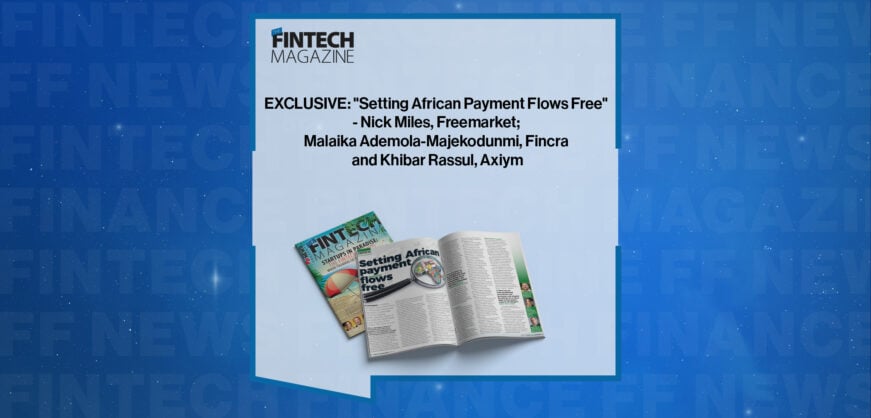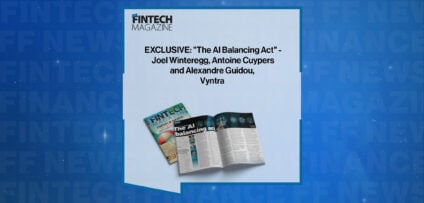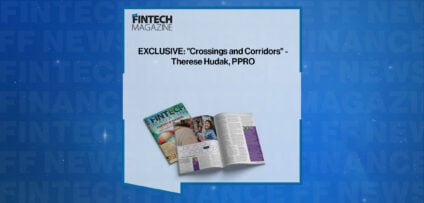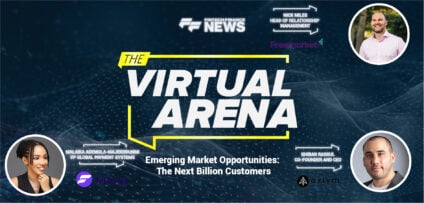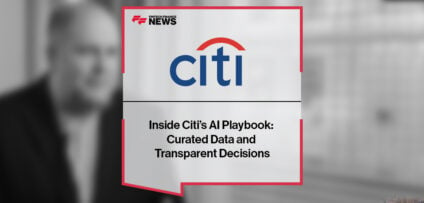Breaking News

Today’s Financial Education: Removing Limits with Digital Classes
The world of financial education has transcended traditional limits and moved into digital space in a big way. Today, anyone with a desire to learn and access to the internet can take advantage of on-demand learning in a variety of formats. Webinars, interactive classes, dynamic glossaries, and more help people understand complex topics like an expert.
Platforms that provide diverse and accessible financial education modules cover everything from the basics of blockchain to complex hedging strategies. Better still, they do so through real-world simulations, market-focused quizzes, and hands-on exercises that give students both theoretical and practical experience.
Fintech Education – The Rise of Digital Access
“The illiterate of the 21st century will not be those who cannot read and write, but those who cannot learn, unlearn, and relearn.” – Alvin Toffler
Past educational methods using heavy textbooks, closed-door classrooms, and achievement measured by credits instead of understanding have become obsolete, especially in the fast-moving financial world. As it evolves in real time, students need a system aligned with developments in fintech and the overall finance system itself.
Digital education integrates fully with the pace of development and changes. Not only that, it allows the quick addition of any emerging information. From the technical side, it’s faster, more accessible, and more easily applied. For students, the methods and pace match today’s behaviors and expectations. They get immediate, actionable knowledge that suits shorter attention spans and a real-world focus that pushes academic theory into the background.
When focused specifically on fintech, digital coursework shines. In such a dynamic industry, last year’s curriculum will quickly become obsolete. E-learning allows for rapid updates in response to regulatory developments, technological advancements, and real-time market shifts. This way, students can learn about topics like tokenization, algorithmic trading, and DeFi when they matter to their out-of-class actions.
What is the outcome of the shift to digital education?
The system becomes a place where people engage actively with the process of seeking understanding rather than a passive vessel filing up with static information.
Removing Barriers to Learning
Access to education has existed as a barrier to financial understanding for a long time. Expensive and exclusive universities and geographical boundaries have gotten in the way of everyday people learning about how markets function. With digital education options, these barriers no longer exist.
Today’s digital academies tear down old-fashioned systems and make knowledge accessible to every learner. There is no need to apply, impress, or afford the institution.
Accessibility with a Global Reach
Students can connect with their coursework from anywhere they have internet access. From New York to New Zealand to Nigeria, the best platforms like Lahavim.com offer content in multiple languages. This helps with understanding and cultural relevance.
Learn on Any Device 24/7
Classes operate seamlessly on all devices and screen sizes from a smartphone to a large desktop monitor. This helps students study on their own schedule during lunch breaks, after work hours, or even on their commute.
Flexible Prices and Convenient Payment Plans
Affordability makes top-level education even more manageable for non-traditional learners from all walks of life. E-learning institutions often offer free trials, subscription models, discount bundles, and short-term commitments.
Multiple Formats for Every Learning Style
To improve understanding and retention, today’s digital platforms present lessons in a variety of formats.
- Short explanation videos
- Animated guides w/ eye-catching graphics
- Interactive glossaries and vocabulary builders
- Simulations for real-world understanding
- Live sessions with industry experts
Learn and Review at Your Own Pace
Pause, skip, and replay any sections depending on experience with and understanding of the topic. This makes education customizable for each student. All the material remains available on demand.
Non-Traditional Learners Get the Support They Need
Adult students juggling other responsibilities such as full-time work and family life can adapt learning to their own schedules. The flexibility of having no set class times makes it easier to stay engaged and achieve goals. Education should meet learners where they are and when they can focus, not make it more difficult to keep up.
Theory and Practice Combine
Finance favors the bold. Knowing what a stop-loss is or understanding volatility matters little if you cannot handle risk in high-pressure situations. This is a main reason why digital academies have moved away from static content toward a more hands-on, experience-based design.
Top-rated platforms provide more than academic information. They offer realistic simulations that give students practice in diverse market scenarios. This boosts critical thinking skills, improves reaction speed and confidence, and fosters the type of pattern recognition necessary to succeed in finance. Expect real-time exercises, stress simulations, and deep dives into trading psychology and creative thought.
These gamified situations offer more than engagement with unique lessons. They also reinforce behaviors and abilities needed for retention and skill development. Offering students timed quizzes, scenario-based projects, and feedback loops for their performance, the path between basic knowledge and application shortens. You learn what to do, why to do it, and how to make strategic changes as financial conditions shift.
Modern E-Learning Platforms Offer More
The top-rated digital education platforms provide the following:
- Interactive quizzes that provide immediate feedback help guide next steps, recognize gaps in understanding, and reduce wasted time. Progress tracking keeps students engaged and confident in their progress.
- Lab work with financial and trading simulations offers virtual environments for testing skills, exploring strategies, and practicing critical thinking. The ability to see results with real-time conditions carries no risk.
- Libraries offer comprehensive coverage of financial market terms and concepts. These access-anytime glossaries give definitions and examples to help boost comprehension. These integrate with lessons to streamline the process.
- Dashboards for individual students to track their progress, learning schedules and behaviors, and recommend review or advancement based on past achievement.
- Peer collaboration options include community Q&A sessions at set times, 24/7 access forums, and more. The ability to work with fellow students introduces new, unique ideas and reinforces knowledge.
- Multiple educational paths offer students with diverse learning styles the same opportunity to thrive and succeed. Coursework includes short, specific modules that fit into busy schedules. Predefined and flexible routes exist for students to create the experience that works best for them.
Platforms like Lahavim.com blend these and other features into comprehensive education. It is a portal for theoretical, practical, and fully integrated knowledge that prepares students for action.
Build a Data-Driven Mentality on a Strong Foundation
Having the skills to calculate ROI or read a candlestick chart helps, but base knowledge like this falls short of true financial understanding. Memorizing or reading data isn’t enough. With complex algorithms and fast-paced, multi-asset shifts controlling things, the ability to interpret and effectively use data is more vital.
What does this look like in the learning process?
Instead of passive learning of core concepts, digital education platforms now cultivate data-informed thinkers who can approach the world of finance with creative and critical mindsets.
- Real-world market feed exposure gives further context to lessons and helps students apply their knowledge to live data.
- Focus on critical evaluation instead of simple acceptance of data makes it possible to source quality information, spot discrepancies, track anomalous behaviour in the markets, and question their own assumptions and biases. These essential skills are a part of any successful investor’s methodology.
- Integrate quant concepts such as risk-adjusted returns, correlation matrices, and volatility models in order to instill confidence for more advanced topics later on.
- Explore diverse scenarios with multiple facets rather than binary if/then answers. This prepares them for ambiguous financial situations and market uncertainty.
Lahavim.com embeds these and other ideas into their rich curriculum in order to guide students toward self-directed learning more effectively. This and similar digital platforms do more than teach fundamentals or trading techniques. Instead, they support the type of analytical thinking and agility necessary for continuous learning and action within financial markets. Fintech demands this finely honed edge, and the right education provides.
- GNOMI Launches the Only ‘Finance Mode’ with Real-Time Global Earnings Calls and Generative Market Intelligence Read more
- Cross River Launches Stablecoin Payments With Infrastructure to Power the Future of Onchain Finance Read more
- Tidalwave Raises $22M Series A, on Track to Reach 4% of U.S. Mortgage Market Read more
- Emerging Market Opportunities: The Next Billion Customers | Freemarket, Fincra and Axiym | FF Virtual Arena #358 Read more
- Inside Citi’s AI Playbook: Curated Data and Transparent Decisions Read more


